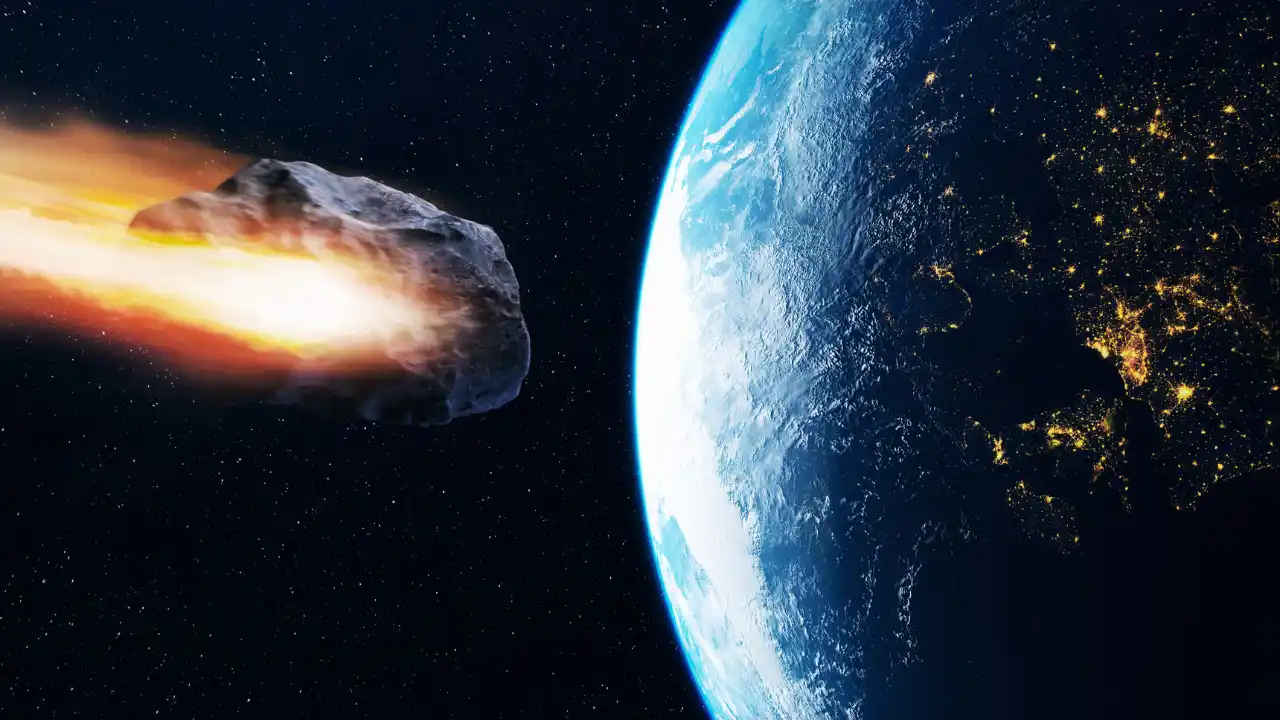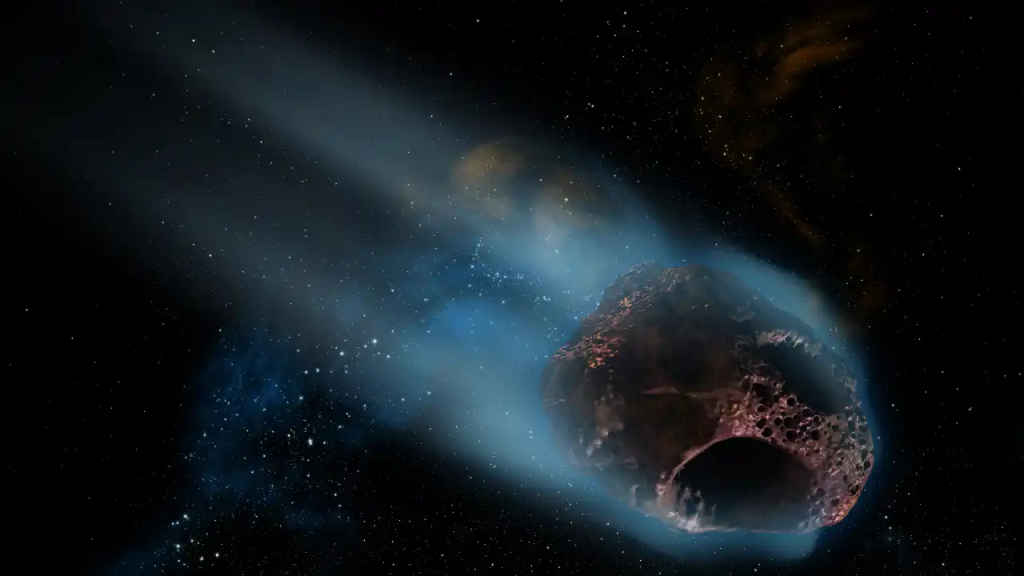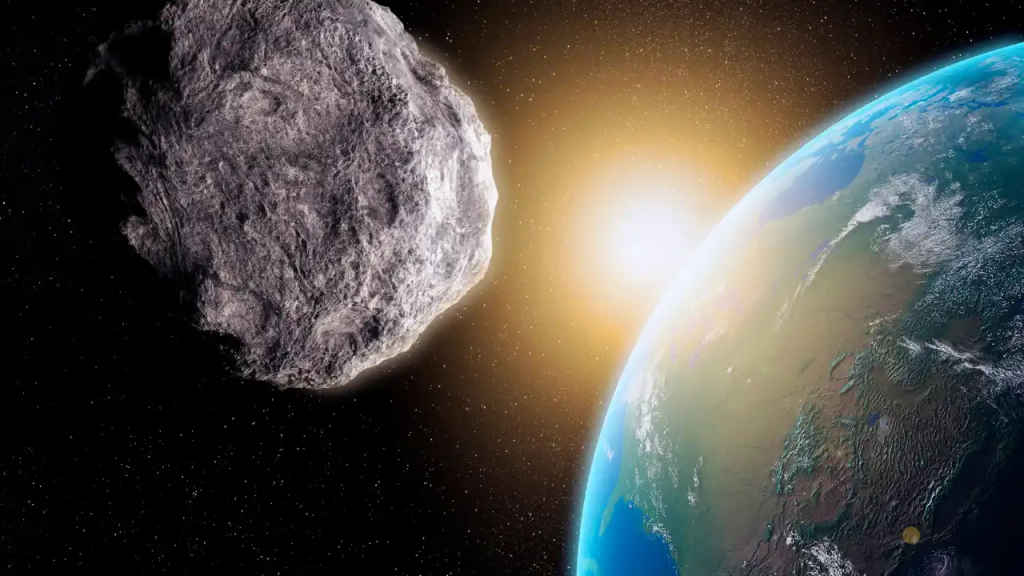NASA alert! Here’s when a ‘never-before-detected’ asteroid would hit Earth
NASA recently conducted its fifth biennial Planetary Defense Interagency Tabletop Exercise.
A 'never-before-detected' asteroid has a 72% chance of hitting Earth in approximately 14 years.
Key challenges highlighted during the exercise included uncertainties about the asteroid’s size, composition, and trajectory.

NASA recently conducted its fifth biennial Planetary Defense Interagency Tabletop Exercise, focusing on a hypothetical scenario involving a potentially hazardous asteroid. Although no imminent threats exist currently, the exercise simulated a situation where a ‘never-before-detected’ asteroid has a 72% chance of hitting Earth in approximately 14 years.
 Survey
SurveyAlso read: Purple Rain: NASA releases video of auroras across Mars’ nightside

The exercise, held at Johns Hopkins Applied Physics Laboratory in Maryland, brought together nearly 100 representatives from various U.S. government agencies and international partners. It aimed to assess and enhance the preparedness to respond effectively to such threats, considering scenarios ranging from regional damage to global catastrophe.
Also read: Hubble Space Telescope: What is it and How Does it Work?

Key challenges highlighted during the exercise included uncertainties about the asteroid’s size, composition, and trajectory, exacerbated by a crucial delay in follow-up observations due to the asteroid passing behind the Sun as seen from Earth.
NASA’s efforts in planetary defence include technological advancements such as the Double Asteroid Redirection Test (DART), which demonstrated the capability to alter an asteroid’s trajectory through kinetic impact. This mission, impacting the asteroid moonlet Dimorphos in 2022, marks a significant step forward in our ability to mitigate potential impact threats.
Looking ahead, NASA plans to launch the NEO Surveyor in June 2028, an infrared space telescope aimed at detecting and characterising potentially hazardous NEOs well in advance. This initiative aligns with NASA’s commitment to enhancing global preparedness and response capabilities.

“A large asteroid impact is potentially the only natural disaster humanity has the technology to predict years in advance and take action to prevent,” said Lindley Johnson, planetary defence officer emeritus at NASA Headquarters in Washington.
NASA will publish a complete after-action report for the tabletop exercise later, which will include strengths and gaps identified from analysis of the response, other discussions during the exercise, and recommendations for improvement.
Ayushi Jain
Ayushi works as Chief Copy Editor at Digit, covering everything from breaking tech news to in-depth smartphone reviews. Prior to Digit, she was part of the editorial team at IANS. View Full Profile